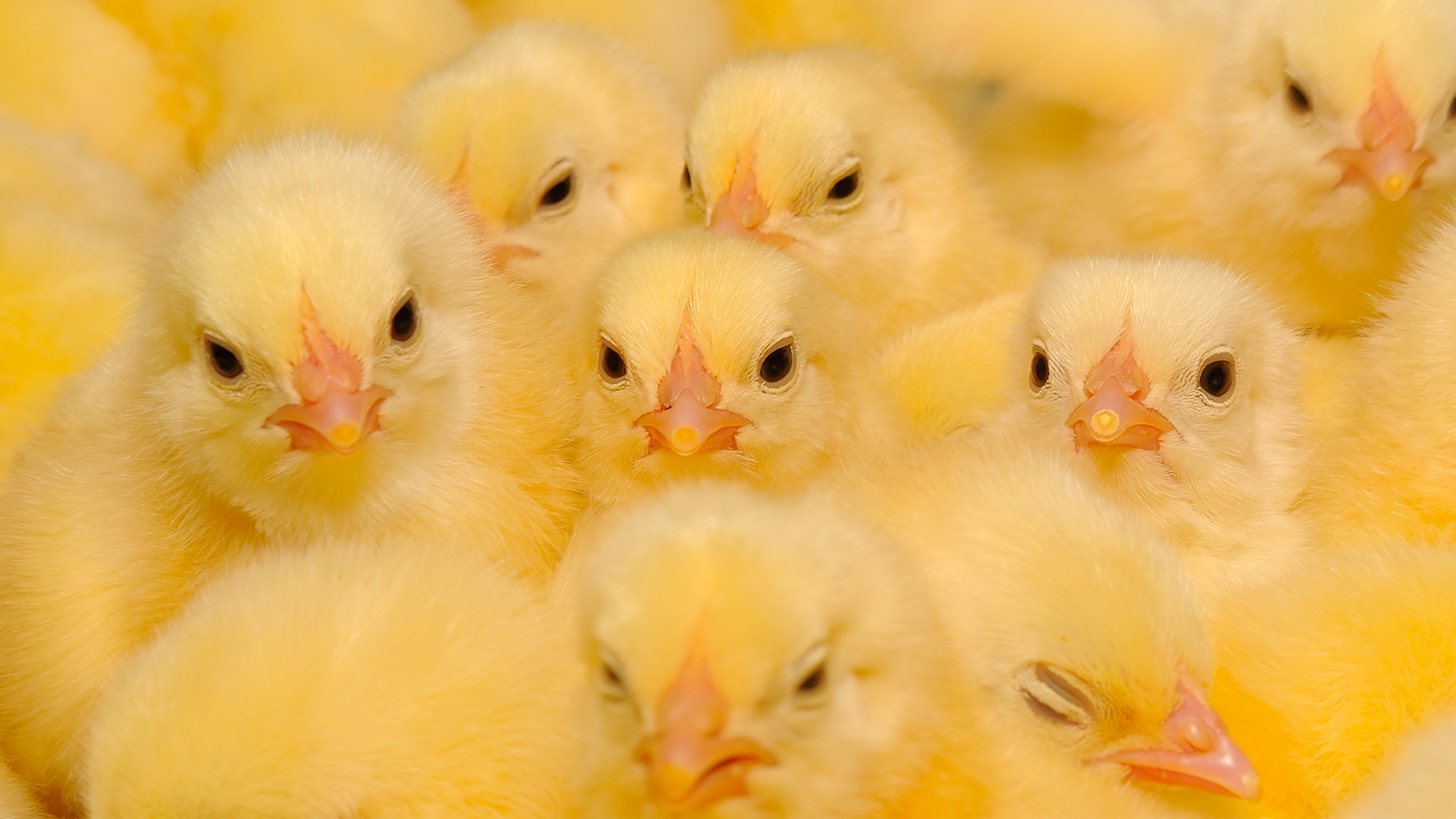

One large part of managing egg-laying hens is a process called sexing, or determining the sex of a baby chick after it hatches. A study published May 22 in the journal PLOS ONE finds that fertilized chicken eggs can be sexed by “sniffing” the volatile chemicals that are emitted through the chicken’s shell.
About a day after hatching, chicks are sorted by sex. Male chicks are killed almost immediately, a process that kills an estimated 6.5 billion male chicks per year. Sexing is largely used due to both economics and biology—male chickens are of little use to the egg and meat industry since they do not lay eggs and do not fatten up quickly enough to be sold as meat. The practice costs egg producers about $500 million annually, but some European countries including Germany and France have already banned culling of male chicks or plan to phase it out.
[Release: 6 things to know before deciding to raise backyard chickens.]
If hatcheries could identify the sex of an egg earlier in incubation, billions of male eggs could be humanely killed before the chick can feel pain, as well as reducing waste and environmental impact. The technology that is already on the market for this process called in-ovo sexing depends on either imaging through the shell or sampling the shell through a tiny hole.
In this new study from researchers at the University of California, Davis and a startup company at the university called Sensit Ventures Inc., it is possible to sniff out the egg’s volatile organic chemicals and determine the egg’s sex.
The team first had to find out if the chemicals released by male and female embryos give off reliably detectable differences. At study co-author Cristina Davis’s lab at the UC Davis Department of Mechanical and Aerospace Engineering, the team developed sensing chip technology that can collect and analyze organic chemicals in the air.
They adapted suction cups that are already used for industrial handling of eggs to “sniff” air from the eggs without actually opening them up. Gas chromatography and mass spectrometry analyzed the air samples and the sex of the eggs was confirmed by DNA analysis at the UC Davis Department of Animal Science.
[Related: Which Came First, The Chicken Or The Egg?]
“We found that there are volatile chemicals from the egg, a scent that you can capture and sort statistically,” study co-author and CEO of Sensit Ventures Tom Turpen said in a statement.
According to the study, this air-sniffing technique was able to identify male and female embryos at eight days of incubation with 80 percent accuracy, based on two minutes of air sampling. Using this rapid suction-cup sampling method could also be carried out in rows that test multiple eggs at the same time
“We think that the hardware platform invented at UC Davis could be integrated into hatcheries,” Turpen said.
